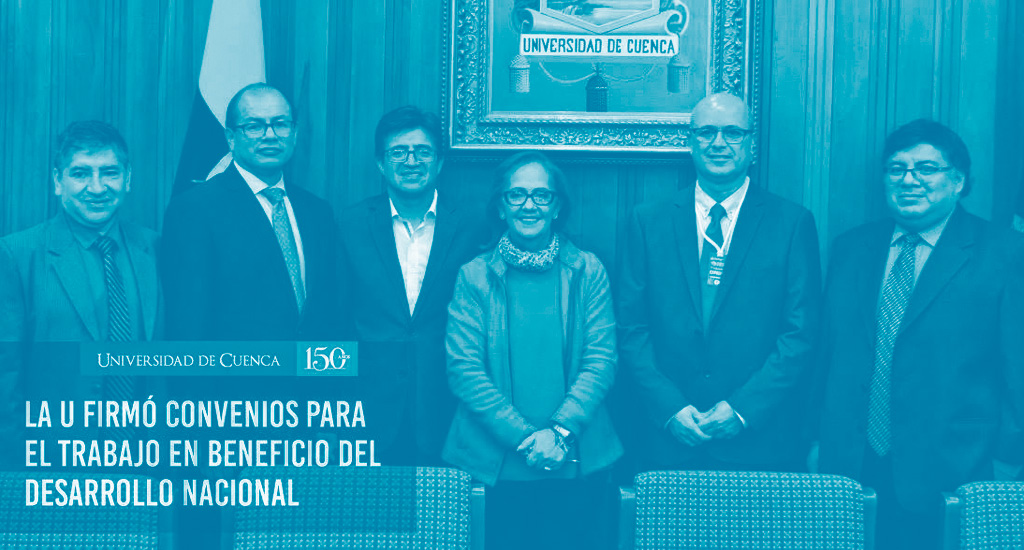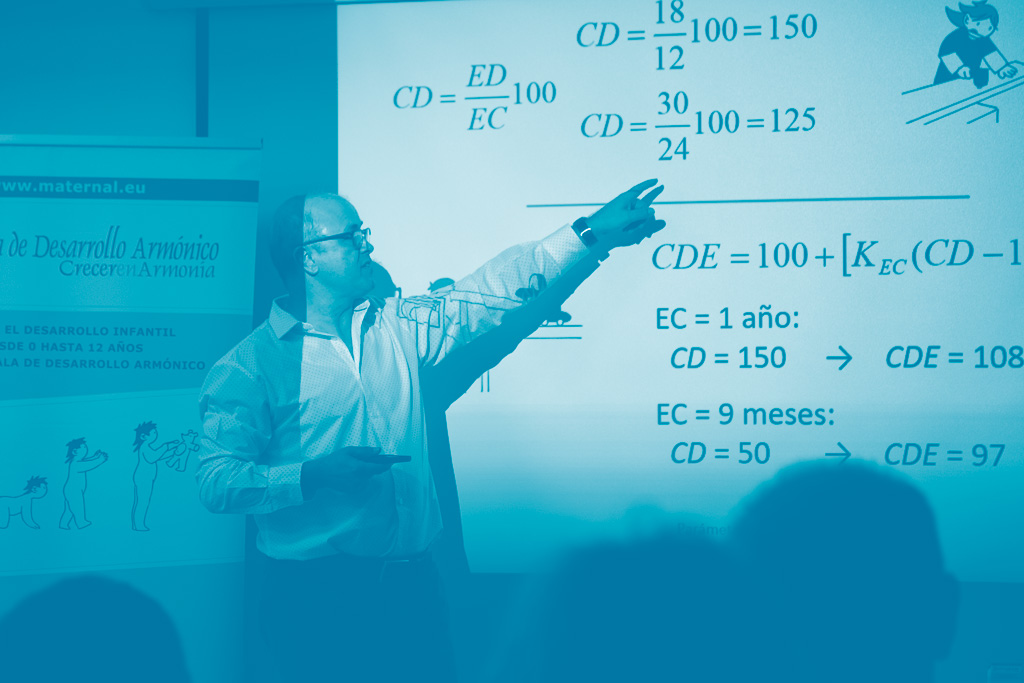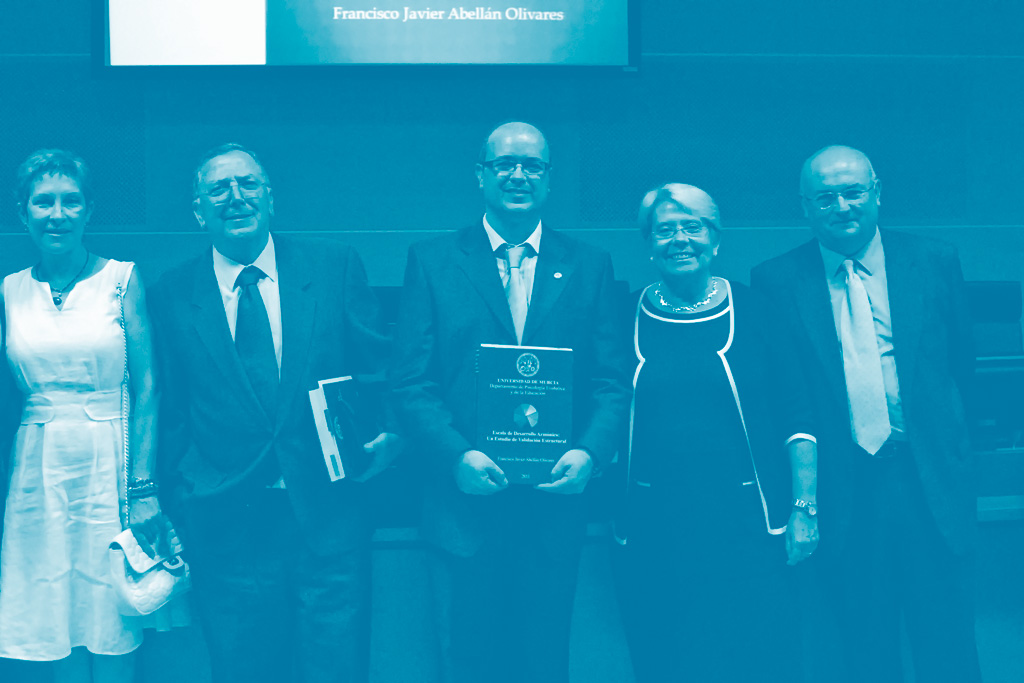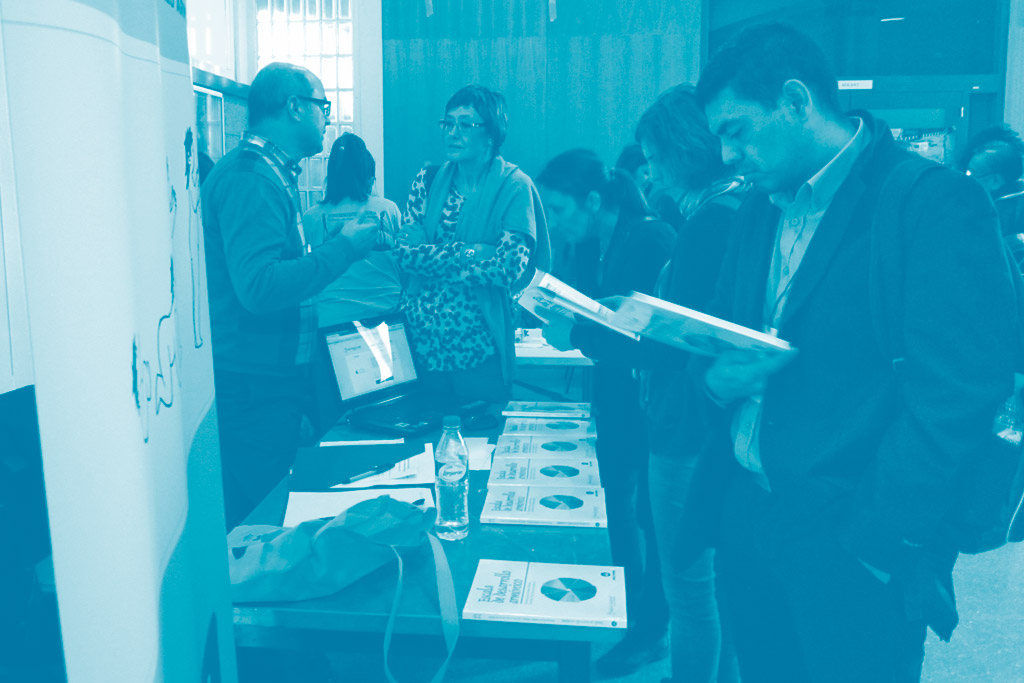Growing up in harmony
On this page we provide you with basic information in the English language, about the Maternal Foundation and the deployment of its proprietary Harmonic Development Scale (HDS). If after reading this information you still have some question, comments, or simple like to contact us, feel free to fill out the email form you will find and the end of this page.
Welcome to the Maternal Foundation website
The Maternal Foundation is a private Spanish non-profit organization oficially registered (n. 1469) by the Ministry of Education, Culture and Sport of Spain.
The Maternal Foundation was founded on February 25, 2012, in the city of Murcia (Spain) by Francisco Javier Abellán Olivares, PhD in Psychology. The foundation members are professors from the Universities of Murcia, Valencia and the UNED (National University of Distance Education), as well as professionals in the fields of IT, telecommunications, psychology, translation, and design.
For more information about the foundation please visit (Spanish): La Fundación Maternal
Our Mission
Our mission is to provide equal opportunities to all children to unlock their development potential in a harmonic way.
The Maternal Foundation promotes and supports the investigation of child development, the prevention of development alterations, the stimulation of the harmony of the internal process of development and the adaptation of the stimuli of the educational system.
To for fill our mission, the Maternal Foundation, received the Harmonic Development Scale (HDS), created in the late 90’s by it’s founder and president of the foundation, Francisco Javier Abellán Olivares, and we created an online version of this scale accessible through the World Wide Web to make it available to parents and professionals all over the World.
What is the HDS?
The Harmonic Development Scale (HDS) or Escala de Desarrollo Armónico (EDA) in Spanish, is a test that evaluates aspects of child development. With this test you can check whether the child is growing harmoniously and according to his or her age group.
Why this scale is different from all other scales
A thorough study of the main scales, available at the time of development of the HDS and still in use as of this writing, revealed shortcomings that none of them has managed to overcome. Generally, each author has focused his or her study of child development on the aspects that most interested him or that he or she considered decisive for its understanding.
Period of age and measuments
Another important issue was that each author had studied a certain period or age range, so scales where not reliable on ranges outside there scope. An added problem was that measurement from one scale to another also changed, making it very difficult to interpret the results for the same child throughout his/her development.

The «Harmony Index» is a number between 0 and 100 and indicates if a child’s development is harmonic.
Many doctoral theses remain «in libraries» without any social projection
It took about 20 years to develop the HDS. Development of these scale is a very time-consuming task. The way from the first ideas to the evaluation of the final scale is long and difficult. It requires persistence, dedication, and an extensive evaluation to prove the scale is working. Finally, the structure of the scale has been validated with a doctoral thesis in 2011 and by than hundreds of children had been tested with the HDS, demonstrating its completely reliable measurement capability. The final thesis was awarded by the examining board with the distinction, cum laude.
What makes the HDS different from other scales?
- Assess child development from birth to age twelve, using the same measurement methodology so that the child can be compared to him/herself.
- It assesses development as an integral concept, including biological, psychological, pedagogical, and social functions.
- For the first time in the history of developmental measurement, the HDS provides two indicators (the Developmental Quotient and the Harmony Index), instead of the traditional comparison score.
- The Harmony Index of development represents a decisive innovation for the interpretation of developmental curves and medical, psychological and educational research.
- The HDS really facilitates the interdisciplinary work of the different professionals involved in child development. Pediatricians, psychologists, pedagogues and teachers can use the same tool and understand each other using the same language.
- The greatest contribution of this scale is its usefulness as a preventive tool for child development disorders since it can be used for direct control by parents. This allows early detection and if necessary, consult specialists. When development follows a normal evolutionary course, the benefit lies in the ease with which parents understand the developmental processes of their own children, allowing them to make the right decisions to harmonize them.
What are the 10 aspects for which children are evaluated?
The HDS is based on a total of 800 questions or items. Every Item corresponds to a specific age and one of ten development aspects. A mathematical algorithm calculates, based on the received answers, the development stage of the evaluated child.
- Tone: Muscle tone, or tension in a muscle at rest.
- Coordination: Movements performed by the large muscles.
- Accuracy: Actions performed by the small muscles such as: talking, looking, or manipulating.
- Internal perception: Ability to represent the internal world.
- External perception: Ability to represent the external world.
- Modulation: Ability to learn to do more and more complicated things and the automation of these.
- Expression: Ability to verbally express their thoughts.
- Comprehension: Ability to understand verbal, written, gestural and mathematical language.
- Identity: Individual psychological development: awareness of one’s own identity and acquisition of personal autonomy for the resolution of needs.
- Integration: Development as a social subject: from the perception of the feeling of belonging to the interaction with other children.
Ease of use
The online HDS is developed in such a way that is quite easy to use and available wherever there is an Internet data connection available. The required data transmission is low and even in remote areas in Latin American countries, where the scale is used on a daily basis, the application works without any significant shortcomings.
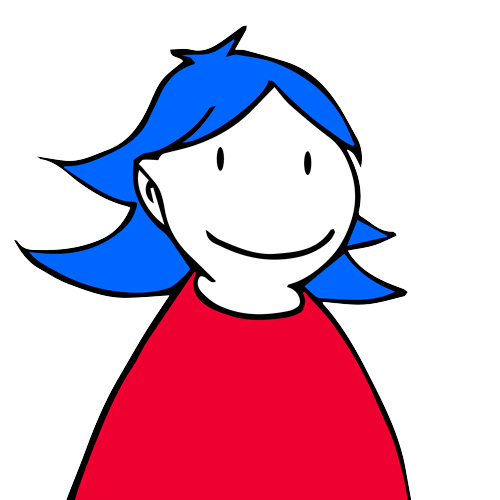
My name is Oops!
Oops! (Ups! in Spanish) is a cartoon character, born and developed with the online version of the HDS to exemplify each of the 800 «items» or questions.
It is a creation of the famous Murcian cartoonist Juan Álvarez.
For the first time a developmental scale incorporates cartoons to illustrate each of the items, thus ensuring the reliability of the evaluators’ answers.
Additional guidance
Oops! was created to provide additional guidance on the questions users should answer when taking an HDS assessment. With Oops! visual information is added to the test to clarify the context of the questions and ensure that answers can be given more accurately.
Who can use the HDS?
Parents and professionals. Each user accesses the version that provides the most understandable and useful information to make the right decisions.
Parents can identify warning signs and development professionals can plan clinical or educational interventions.
Only basic skills required
Basically, the online version of the HDS works as follows: You are requested to create a basic account. After that you will be asked to fill out some information about the child you want to evaluate. When done, you are asked to answer a series of questions that normally takes about 20 to 30 minutes and when finished you will receive an extensive document with the evaluation results.
www.maternal.eu
Where can I find Eda and start using it?
It is available at www.maternal.eu. HDS is a very simple and fully automated web based software application that facilitates the reporting of the assessment performed.
Available languages
At the moment of writing, it’s only available in several varieties of the Spanish language. A language, like Spanish can diver from country to country. American English can diver from Australian English and British English. The application is prepared for the use of other languages or variations it is just a matter of translating the items. So far, we did not receive request for evaluations in other languages than Spanish, but if you are, please let us know.
In which countries is the HDS being used?
The map shows the countries where professional and parents are using the Harmonic Development Scale today. Currently, the scale is used in Chile, Colombia, Dominican Republic, Ecuador, Germany, Mexico, Spain and Venezuela. A total of 146 agreements have been signed between the foundation and other entities for the use of the EDA, including 87 public and private institutions in various countries (December 2020).
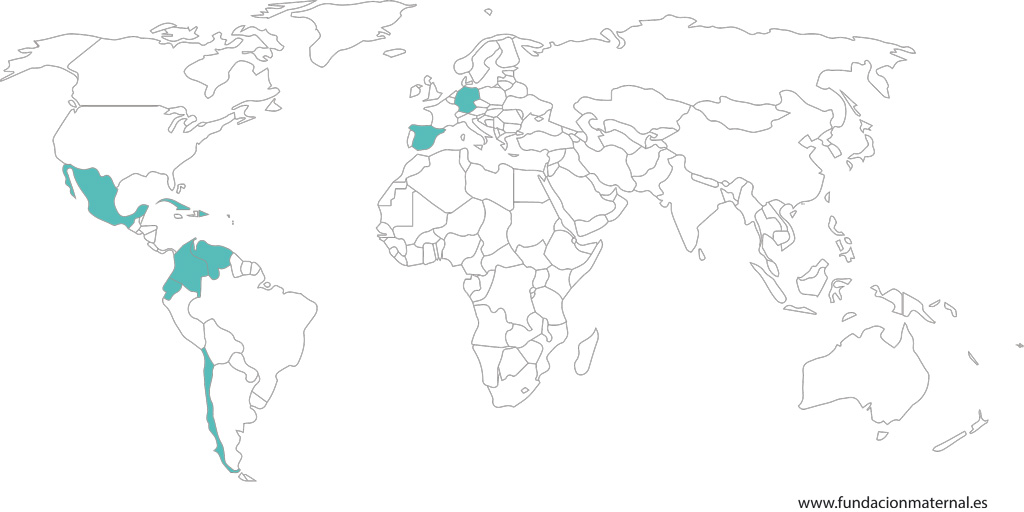
Want to try the HDS yourself?
To test the HDS, enter maternal.eu, create an account and simulate an assessment. It is free and the full assessment, based on a series of questions to be answered, will take about 20 minutes.
Help us provide equal development opportunities for children.
The foundation is a non-profit organization and can only do its work thanks to the donations we receive. With your donation you support our foundation’s activities.
Thanks to your support we can continue to work on improving our online evaluation system (HDS) that many parents and professionals use to ensure that children can have the opportunities to grow that they deserve.
Consider a donation
Fundación Maternal
IBAN: ES67 1491 0001 2830 0007 5472
BIC: TRIOESMMXXX | Triodos Bank
Contact with the Maternal Foundation
If you’d like to know more about the Maternal Foundation or the HDS application, the use of the HDS professionally or if you’d looking for some sort collaboration, please reach out via email contact form.



